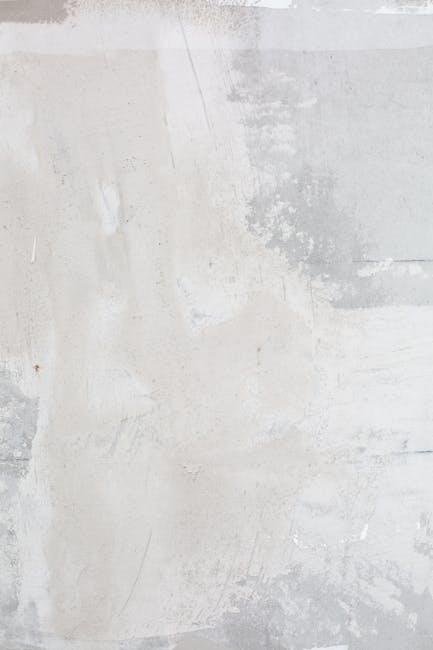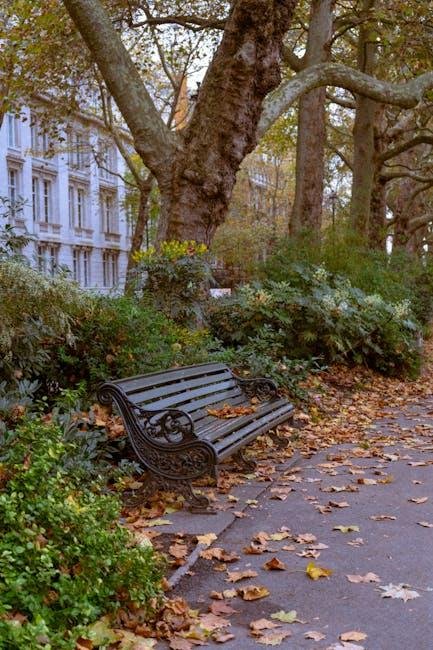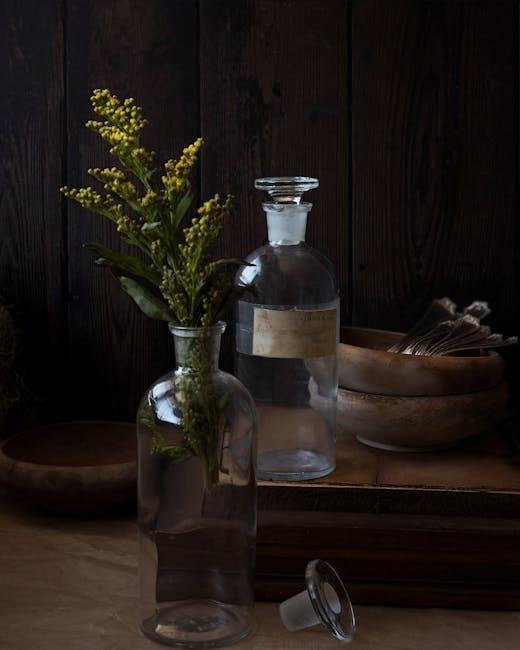In the realm of interior design, texture plays a pivotal role in transforming spaces, infusing them with character and depth. Among the myriad of materials available, plaster and limewash stand out as timeless mediums that not only enhance the aesthetic appeal of walls but also evoke a sense of historical craftsmanship. These versatile materials,celebrated for their unique finishes and ecological benefits,invite a tactile experience that can elevate any environment. This article embarks on a journey into the art of creating texture with plaster and limewash, exploring their rich histories, request techniques, and the stunning possibilities they offer for modern and conventional settings alike. Join us as we unravel the intricacies of these age-old materials and discover how to harness their beauty to transform your living spaces into textured havens of creativity and warmth.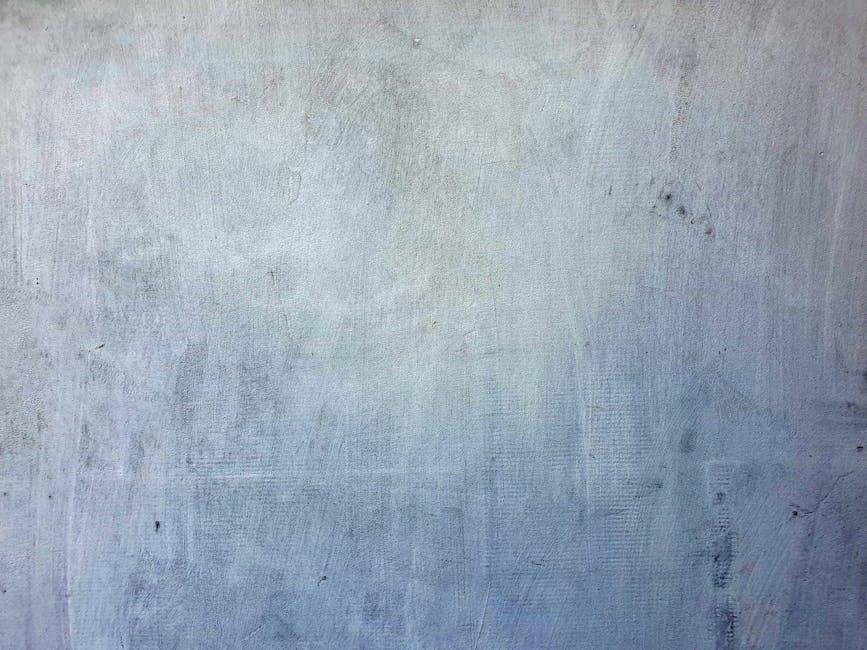
Exploring the Versatility of Plaster and Limewash in Interior design
The rich history of plaster and limewash goes beyond mere aesthetics; they serve as versatile mediums that transform spaces into dynamic environments. With their ability to create both smooth finishes and textured variations, these materials elevate interior design to a new level. Homeowners and designers are increasingly drawn to the natural beauty of plaster, which can be molded into intricate shapes or left with a raw, organic feel. Limewash adds a unique charm with its subtle,velvety textures,while also allowing for breathability and sustainability—qualities that are crucial for maintaining healthy indoor air quality.
Incorporating plaster and limewash into interior spaces opens up a realm of creative possibilities. Consider the following options for adding texture to your rooms:
- Accent Walls: Use a bold plaster finish to create a focal point.
- Ceilings: Add depth with intricately crafted plaster details.
- Furniture Finishing: Apply limewash to vintage pieces for a rustic touch.
To further enhance their appeal, a comparison of the two materials can illuminate why they might be favored in different settings:
| Feature | Plaster | Limewash |
|---|---|---|
| Durability | High | Moderate |
| Finish Options | Smooth, Textured | Matte, Velvety |
| Environmental Impact | Low | Very Low |
| Application skill Level | Intermediate | Beginner-Friendly |
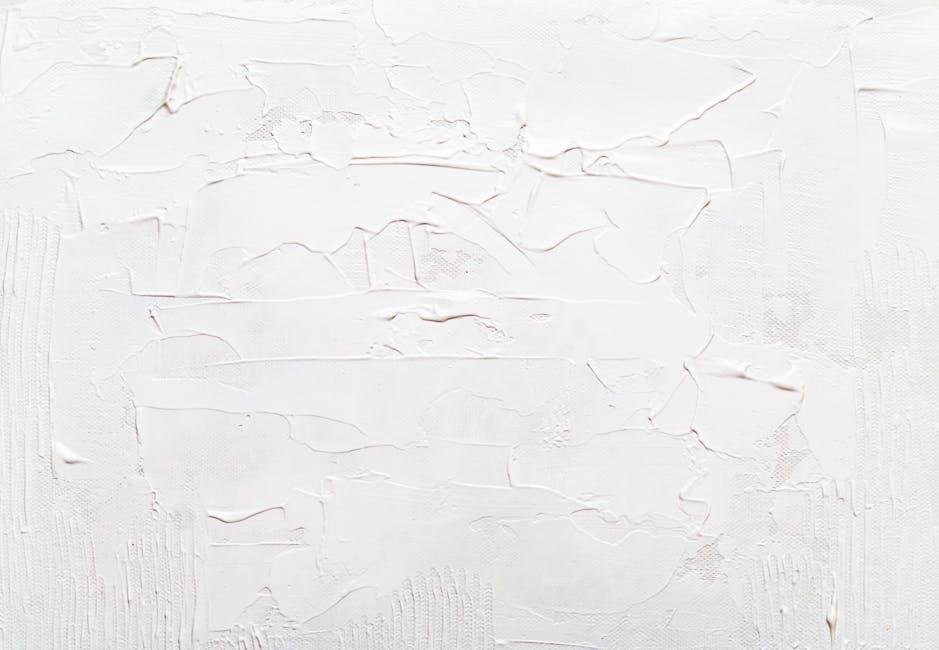
Techniques for Achieving Unique Textures with Plaster Finishes
When working with plaster finishes, there are several techniques that can definitely help you achieve distinctive and eye-catching textures. One popular method involves the use of trowel techniques, where variations in pressure and angle create unique patterns. experimenting with materials can also yield interesting results; such as, incorporating fibers or aggregates into the plaster can add depth and dimensionality. Additionally, using multiple layers can build a textured surface that highlights the interplay between light and shadow. Consider these approaches:
- Sponging: Create soft, subtle textures by using a sponge to dab wet plaster.
- Rag Rolling: This technique employs a rag to roll over the surface,producing organic,wave-like patterns.
- Stamping: Use stamps or textured tools to imprint designs directly onto the plaster while it’s still fresh.
Another compelling method to achieve unique textures is through the manipulation of drying time. By applying various layers of limewash finishes aggressively or lightly, you can control the surface’s final look. Techniques like brushed finishing allow for a more rustic appearance with fine brush strokes adding character.For a more polished finish, tools such as scrapers and combs can manipulate the plaster in ways that accentuate its fluidity. Here’s a summary of some engaging options:
| Technique | Description |
|---|---|
| Brushed finishing | Creates a natural, layered look with the use of a stiff brush. |
| Sponging | Softens harsh lines and adds dimension seamlessly. |
| Stamping | Adds intricate detail and texture effortlessly. |

The Art of Applying Limewash: Tips for a Beautiful, Authentic Finish
Applying limewash is not simply about getting a coat of paint on the wall; it’s an expressive art form that brings depth and character to any surface. To achieve a stunning, authentic finish, it’s essential to consider the following tips:
- Surface Preparation: Ensure the surface is clean, dry, and free from any debris. A well-prepared background allows the limewash to adhere better and enhances the final look.
- Water Ratio: Adjust the water-to-limewash ratio based on the desired opacity. A more diluted mixture yields a softer hue, allowing for the texture of the underlying plaster to peek through.
- Application Technique: Use a natural bristle brush for an uneven, textured application. Alternate between vertical and horizontal strokes to create a dynamic finish.
- Layering: Don’t rush the process. Depending on your aesthetic goal, apply multiple layers, allowing each to dry completely before adding the next.
| Technique | Effect |
|---|---|
| Dry Brushing | Creates a soft, textured finish with thin streaks. |
| Washing | Adds depth with a translucent, washed-out look. |
| Sponge Application | Gives a unique, mottled effect; perfect for artistic touches. |
When experimenting with textures, remember that the beauty of limewash lies in its imperfections. Embrace the natural variations that occur during application,as they contribute to an authentic,inviting ambiance. This approach not only brings a sense of history to your space but also allows for creativity and personal expression, ensuring that each project is truly one-of-a-kind.
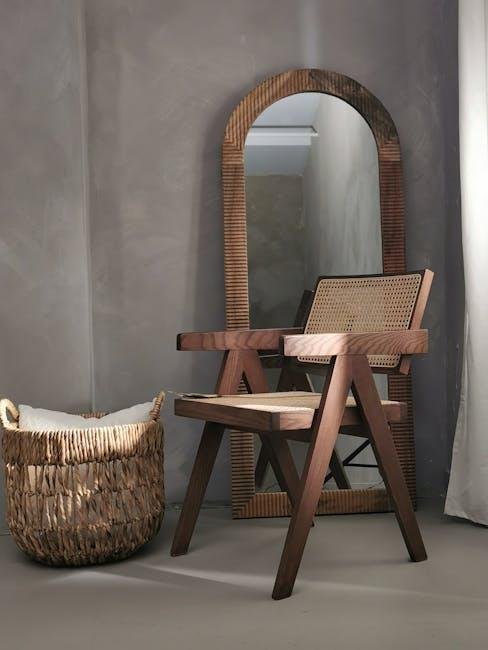
Maintenance and Care: Ensuring longevity for Your Textured Surfaces
To ensure your textured surfaces remain vibrant and intact, regular maintenance is essential. The unique beauty of plaster and limewash is not just in their application but in their ongoing care. here are some tips to keep in mind:
- Regular cleaning: Use a soft, damp cloth to gently wipe down surfaces, avoiding harsh chemicals that could damage the finish.
- Inspect for damage: Keep an eye out for cracks or peeling, especially in high-traffic areas, and address any issues promptly to prevent further deterioration.
- Reapplication: Reapply limewash as needed to refresh the color and protect against environmental factors.
Additionally, understanding the environmental factors that affect your surfaces can help you develop a personalized care routine. Consider creating a maintenance schedule based on your specific settings and the wear your surfaces endure. Here’s a simple guide:
| Environment | Care Frequency | Recommended Action |
|---|---|---|
| High humidity | monthly | Check for mold and mildew; clean with a vinegar solution. |
| Direct sunlight | Every 3 months | Reassess color vibrancy; consider a new coat of limewash. |
| Low traffic areas | every 6 months | Dust surfaces; perform an overall inspection. |
final Thoughts
as we conclude our exploration of creating texture with plaster and limewash, we find ourselves at the intersection of artistry and craftsmanship. These timeless materials offer not just a means of finishing spaces, but an possibility to weave stories into the very walls we inhabit.From the rustic charm of a weathered surface to the sleek elegance of a polished finish, plaster and limewash allow for a dynamic range of aesthetics that can transform any environment.
Embracing the imperfection and character that these materials bring, we encourage you to experiment and let your creativity flow. Whether you are a seasoned artisan or a curious novice, the techniques discussed can serve as a foundation for your personal expression. Every stroke, every layer, holds the potential to redefine your surroundings and breathe life into your vision.
So, gather your tools, summon your inspiration, and embark on your own journey of texture creation. With each application, you’re not just embellishing a surface—you’re crafting an experience, adding depth and narrative to the spaces you cherish. Happy creating!


